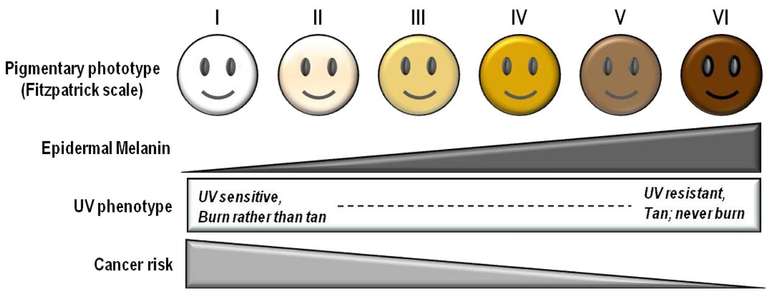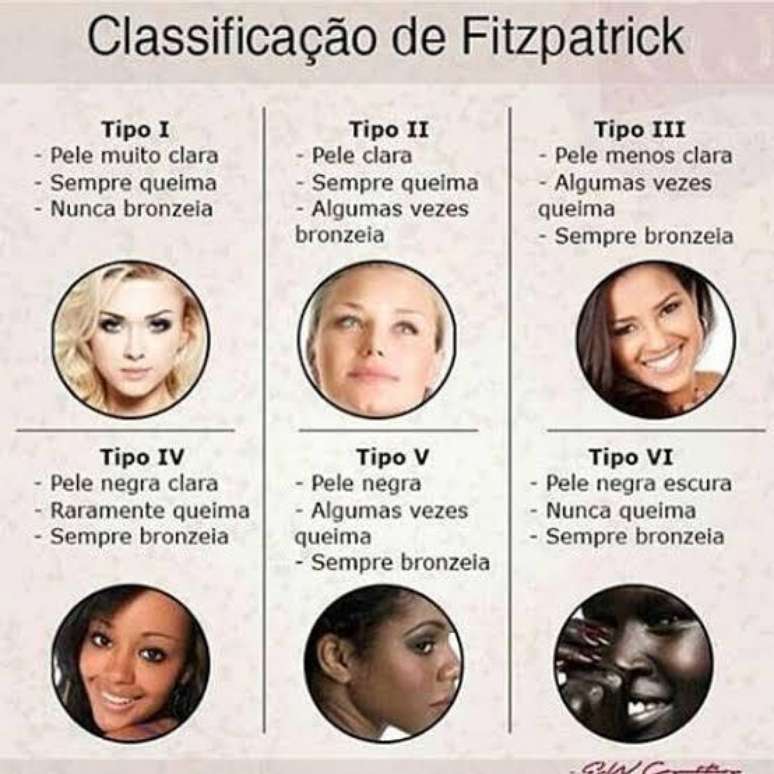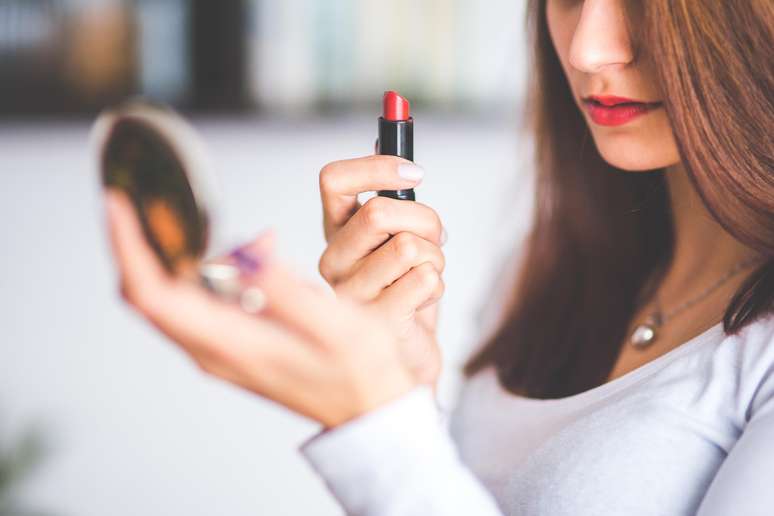Tired of getting your foundation color wrong every time you need to buy a new one? Here’s how to find your skin tone once and for all
When you shop for foundation or concealer, you always seem to get the shade wrong. After all, is there a way to know, once and for all, what your skin tone is? The answer, luckily, is yes!
THE FITZPATRICK STAIRCASE
According to the dermatologist Dr. Maria Paola Del Nero The best known and most widely used scale for determining a person’s skin tone is the so-called Fitzpatrick Scale. This scale was developed based on the responses of different shades to sun exposure: how easily the skin tans or burns in the sun.
In total, this scale has 6 phototypes, starting with the lightest skin tone, all the way through to the darkest. All of this, obviously, based on the ability of each shade to produce melanin, the substance responsible for skin colour.

“The biggest mistake people make when trying to find their skin tone is not knowing that the classification is not based on their tone, but on how much they burn or tan when they go out in the sun,” explains the professional .
Another important point raised by Louis Moretti , make-up artist and hairdresser, are the nuances that interfere, for example, in the choice of the base color. “There are warm and cool skin tones,” she says. “It is necessary to understand the temperature (hot or cold) to enhance the natural traits even more”.
If so, the color of each person’s veins is also taken into consideration: purplish or bluish veins indicate a cooler shade and reddish veins, a warmer shade.

HOW TO FIND MY SKIN TONE?
For the dermatologist, this process is easier than it sounds: just look at the chart above to identify where you are on the Fitzpatrick scale. That first step will determine how you relate to your skin and even your needs.
For example, skins with lower phototypes are more likely to develop cancer due to their low melanin content. On the other hand, skins with higher phototypes are less likely to develop the disease, but still need photoprotection. With this information it is easier to choose the type of sunscreen, for example with the help of a dermatologist.
“Warm tones always refer to brown, golden or yellowish,” explains Luiz, about the other aspect of skin color. “The cool ones, on the other hand, are oriented towards pink tones. It is important to compare with a skin tone chart, this is the easiest way to identify yourself”.
CAN SKIN TONE CHANGE?
The Fitzpatrick scale doesn’t change: if you’re a type 1, you’ll be a type 1 for the rest of your life. What changes is only the level of tanning or redness of the skin, based on its response to the sun.
The spots, marks and other details may appear to change skin tone, but Fitzpatrick’s determination is definitive, because it deals with the amount of melanin in the body and also takes into account natural eye and hair colors to determine each skin type. .
What changes, therefore, are the needs of the skin at all times: in summer, photoprotection must be greater and hydration must be kept up to date. In winter, the need for photoprotection remains, but hydration should gain importance, as the cold and wind can peel and injure the skin.
Makeup, however, must adapt to these different shades: if you are a skin type who tans easily, you may need to adjust your foundation color to a higher shade in the summer, and go back to a lower shade in the winter, considering this answer to the Sun.
Oh, and it’s worth mentioning that sunscreen doesn’t interfere with skin tone, it just protects the organ from the sun’s rays.
“Skin tone is genetic, it is stable for life,” the dermatologist reiterates. “It’s a rating for life. Sunscreen helps people not tan, not burn. The scale will be the same, but they may have a tanner or lighter skin tone, depending on their exposure to the sun.” .
Source: Terra
Ben Stock is a lifestyle journalist and author at Gossipify. He writes about topics such as health, wellness, travel, food and home decor. He provides practical advice and inspiration to improve well-being, keeps readers up to date with latest lifestyle news and trends, known for his engaging writing style, in-depth analysis and unique perspectives.








